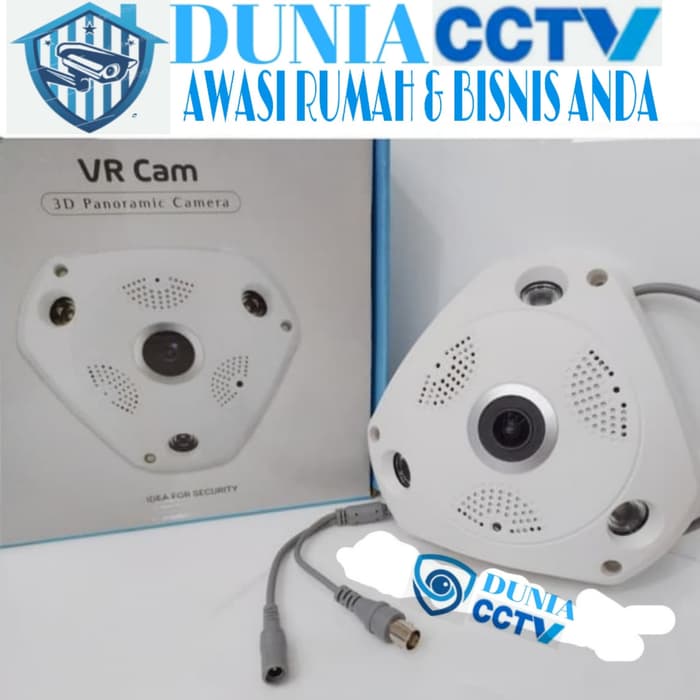

VR CAMERA 360 ANDROID
In March 2015, YouTube launched support for publishing and viewing 360-degree videos, with playback on its website and its Android mobile apps. The phone display is viewed through lenses contained within the enclosure, as opposed to virtual reality headsets that contain their own dedicated displays. Taking advantage of this behavior, stereoscope-style enclosures for smartphones (such as Google Cardboard viewers and the Samsung Gear VR) can be used to view 360-degree videos in an immersive format similar to virtual reality. On smartphones, internal sensors such as the gyroscope can also be used to pan the video based on the orientation of the device. Users can pan around the video by clicking and dragging. Playback ģ60-degree videos are typically viewed via personal computers, mobile devices such as smartphones, or dedicated head-mounted displays. Specialized omnidirectional cameras and rigs have been developed for the purpose of filming 360-degree video, including rigs such as GoPro's Omni and Odyssey (which consist of multiple action cameras installed within a frame), and contained cameras like the HumanEyes Vuze and Nokia OZO, There have also been handheld dual-lens cameras such as the Ricoh Theta S, Samsung Gear 360, Garmin VIRB 360, and the Kogeto Dot 360-a panoramic camera lens accessory developed for the iPhone 4, 4S, and Samsung Galaxy Nexus.

The heavy barrel distortion often requires rectilinear correction before applications in detection, tracking or navigation. Spherical videos are frequently in curvilinear perspective with a fisheye effect. Due to this projection and stitching, equirectangular video exhibits a lower quality in the middle of the image than at the top and bottom. ģ60-degree video is typically formatted in an equirectangular projection and is either monoscopic, with one image directed to both eyes, or stereoscopic, viewed as two distinct images directed individually to each eye for a 3D effect. Generally, the only area that cannot be viewed is the view toward the camera support.

VR CAMERA 360 SOFTWARE
This process is done either by the camera itself, or using specialized software that can analyze common visuals and audio to synchronize and link the different camera feeds together. Through a method known as video stitching, this separate footage is merged into one spherical video piece, and the color and contrast of each shot is calibrated to be consistent with the others. Some omnidirectional cameras contain wide-angle lenses on the front and rear to facilitate the filming of 360-degree video.ģ60-degree video is typically recorded using either a special rig of multiple cameras, or using a dedicated camera that contains multiple camera lenses embedded into the device, and filming overlapping angles simultaneously.


 0 kommentar(er)
0 kommentar(er)
